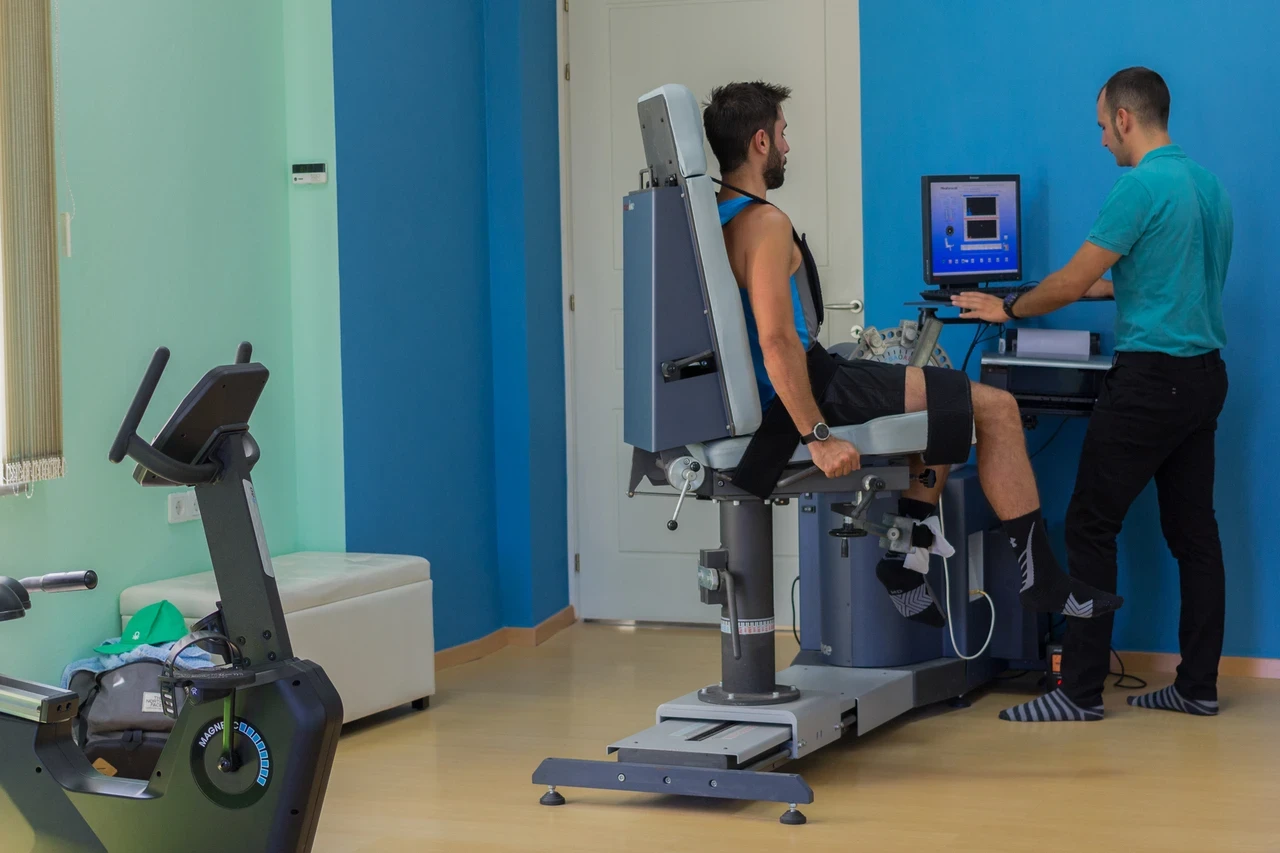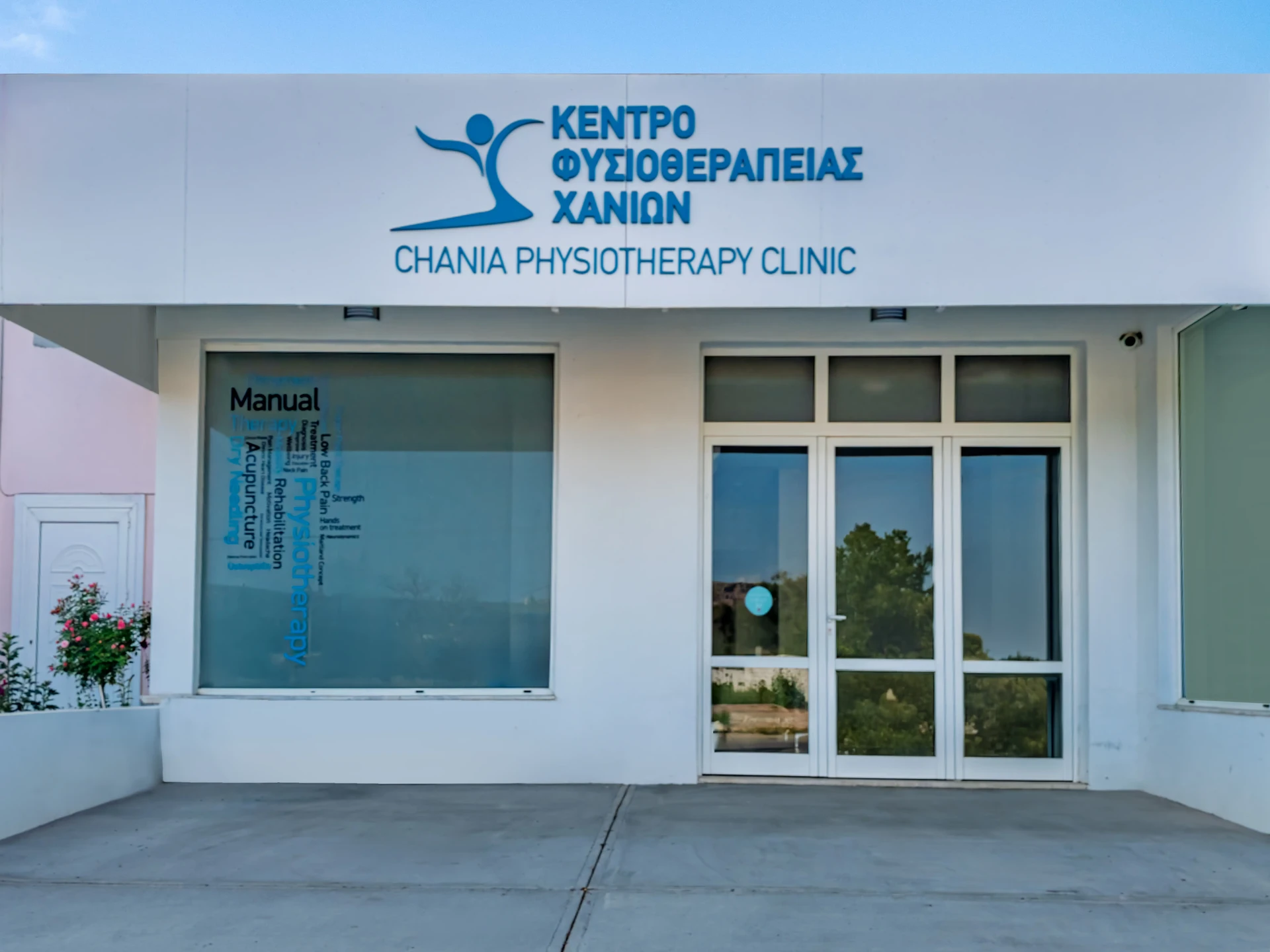
At CHPC, we offer specialized assessment and rehabilitation services using the CYBEX isokinetic dynamometer, a cutting-edge system that accurately measures and enhances muscle strength. Through constant speed and variable resistance throughout the full range of motion, it ensures safe and effective treatment, aiding in better monitoring of each patient’s progress.
An isokinetic dynamometer is an electromechanical device that measures muscle strength during movements performed at a constant speed. It is widely used in injury rehabilitation, post-operative recovery, and athletic performance testing, offering precise data on muscle function across all major joints of the body.
Isokinetic exercise allows full control of movement speed, automatically adjusts resistance based on user effort, and ensures safe training even in injured or post-surgical joints. It provides highly accurate measurements and enables objective tracking of progress.
Isokinetic assessment and training can be applied to all major joints, including:
Shoulder, elbow, wrist, hip, knee, and ankle.
Movements such as flexion/extension, rotation, abduction/adduction, and more can be evaluated depending on the joint and equipment settings.
A thorough patient assessment is essential, along with proper positioning, stabilization, warm-up, and range-of-motion limits. The physiotherapist adjusts the parameters based on the individual’s condition, surgical history, and physical tolerance to ensure both safety and effectiveness.
Not necessarily. When applied correctly, it is safe and typically pain-free. In fact, it often allows patients to begin strengthening exercises at earlier stages of recovery, even when other forms of therapy may still cause discomfort.
Isokinetic training offers measurable progress, safe muscle strengthening, identification of imbalances or deficits, and more personalized treatment planning. It is widely used for athletes, post-operative patients, and individuals with chronic musculoskeletal conditions.











